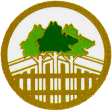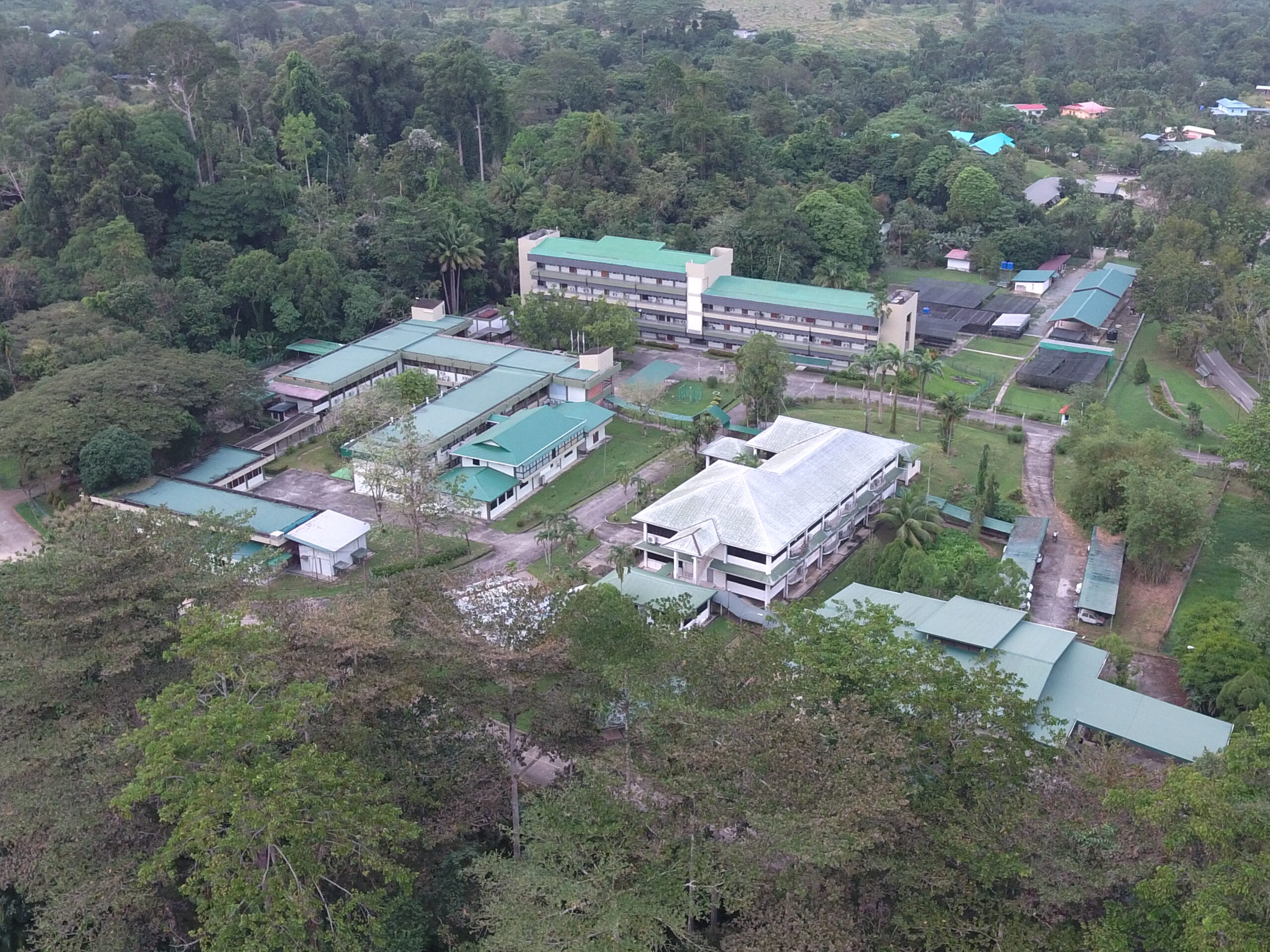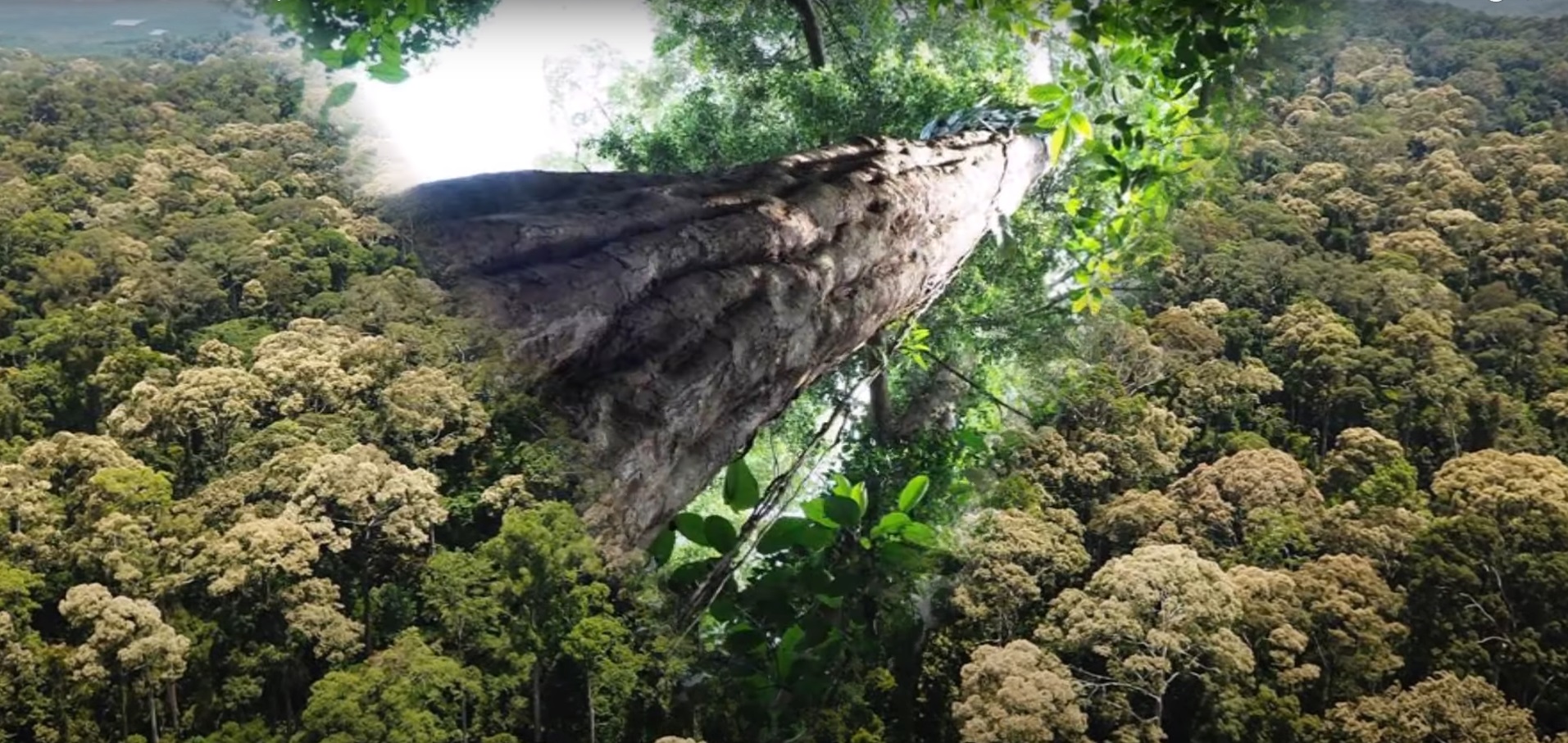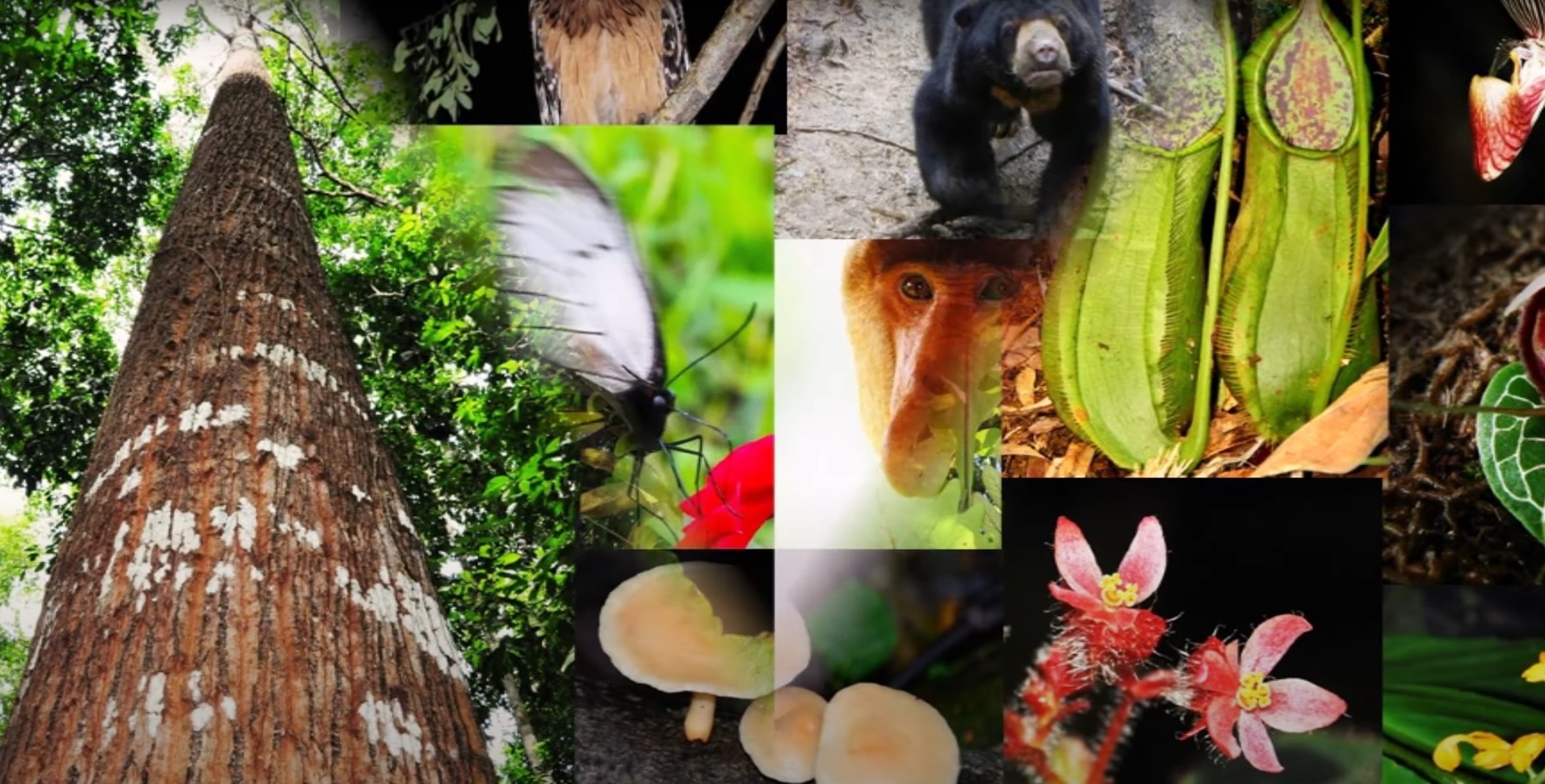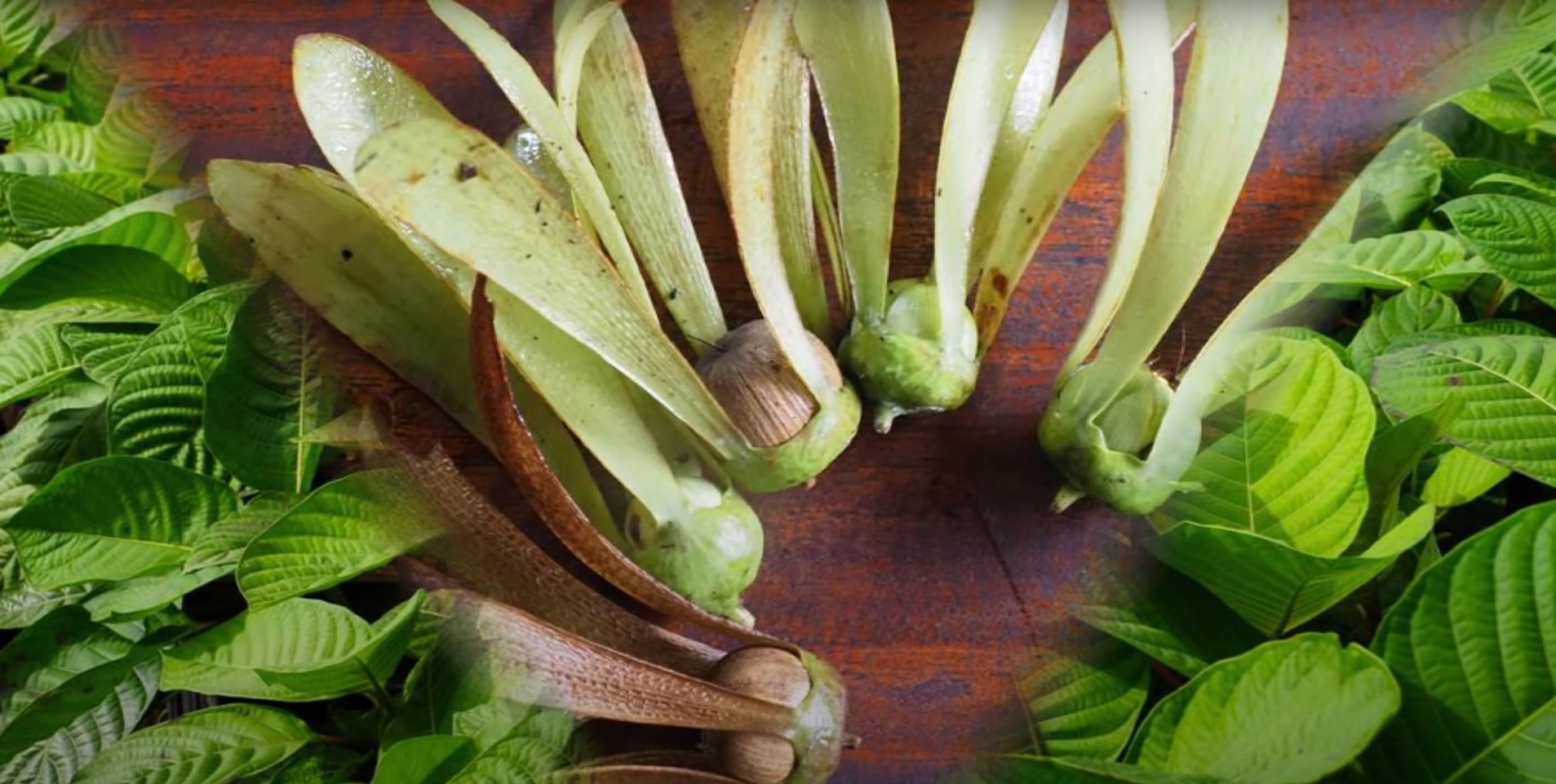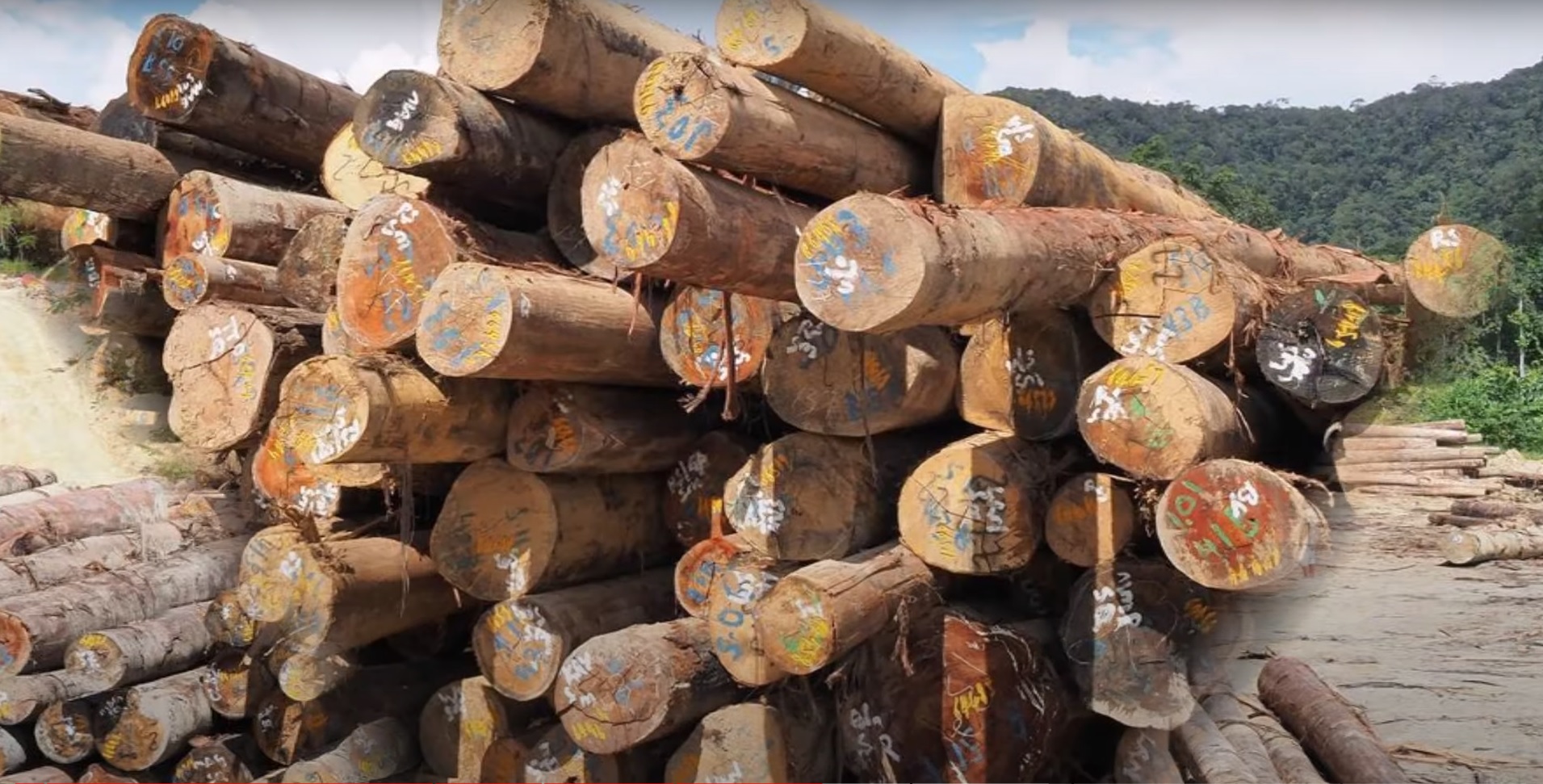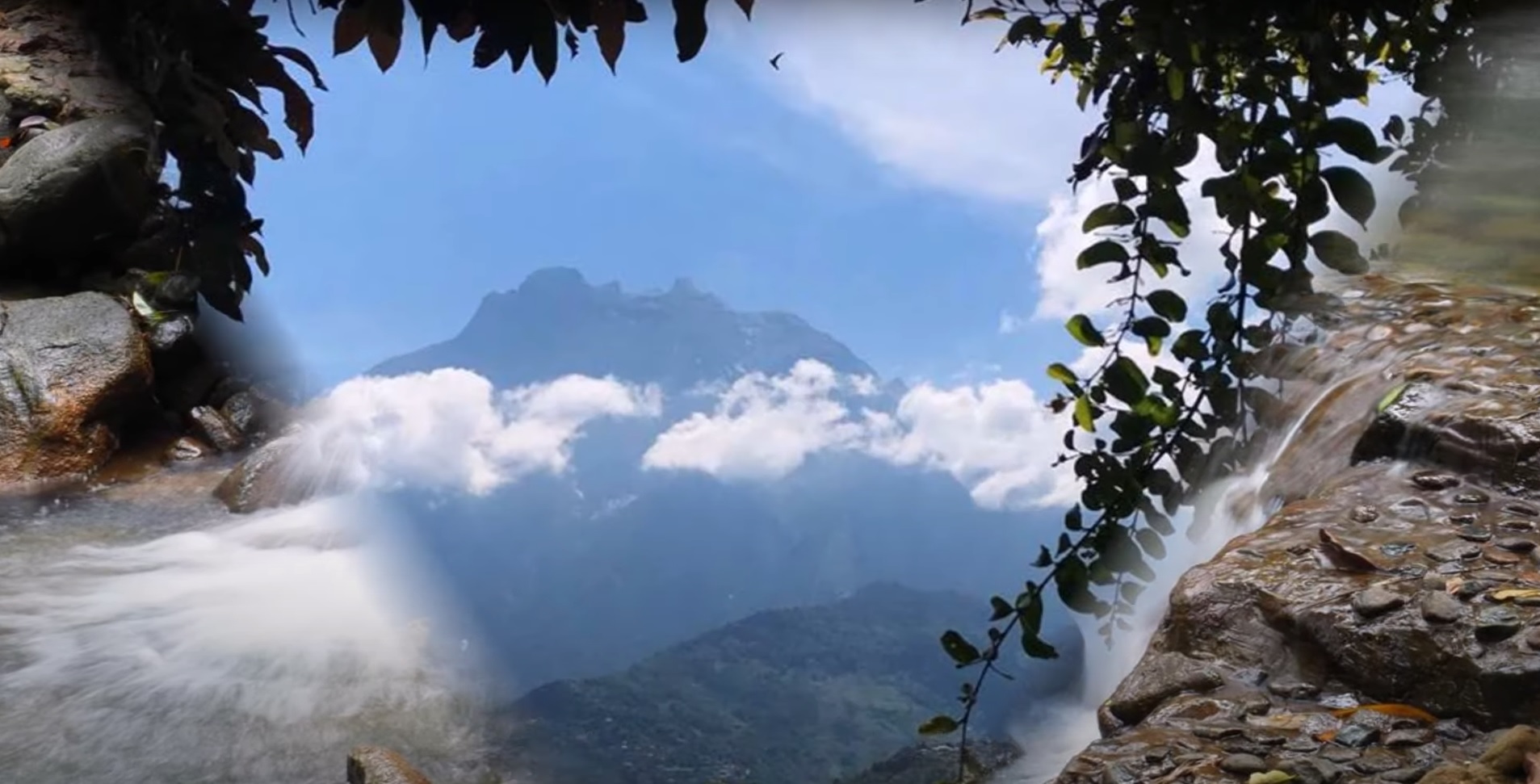The Forest Research Centre (FRC) in Sepilok is the
Research and Development (R&D) division of the Sabah Forestry Department
By Dr Arthur Y.C. Chung
SABAH FORESTRY DEPARTMENT
“Towards the realization of
Sustainable Forest Management“
“To effectively and efficiently plan and implement the management of the state’s forest resources in accordance with the principles of Sustainable Forest Management”
ABOUT FOREST RESEARCH CENTRE
Forest Research in Sabah dates back to 1842 when the botanical collection was undertaken on Banggi Island near Kudat. The systematic research on the forests of Sabah, however, was consolidated much later in 1915 with the establishment of the Forestry Herbarium in Sandakan. Initially, research was undertaken on tree flora and plant identification, timber testing and silviculture. The present Forest Research Centre (FRC) at Sepilok Sandakan was opened in 1974. In FRC, research is now carried out under five programmes. More than 40 researchers (Q29 above) working in various fields related to forestry, and 246 supporting staff throughout Sabah.
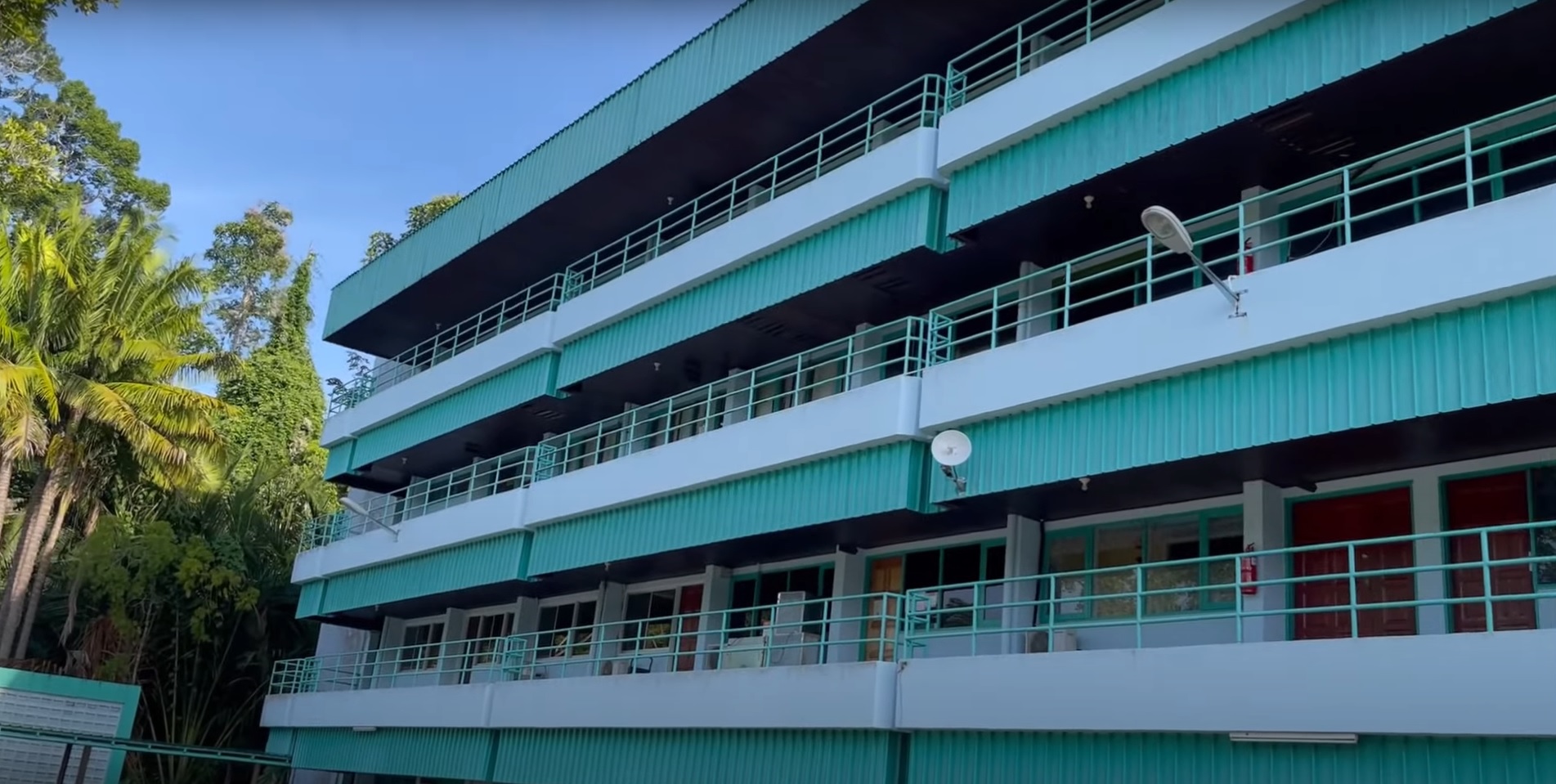
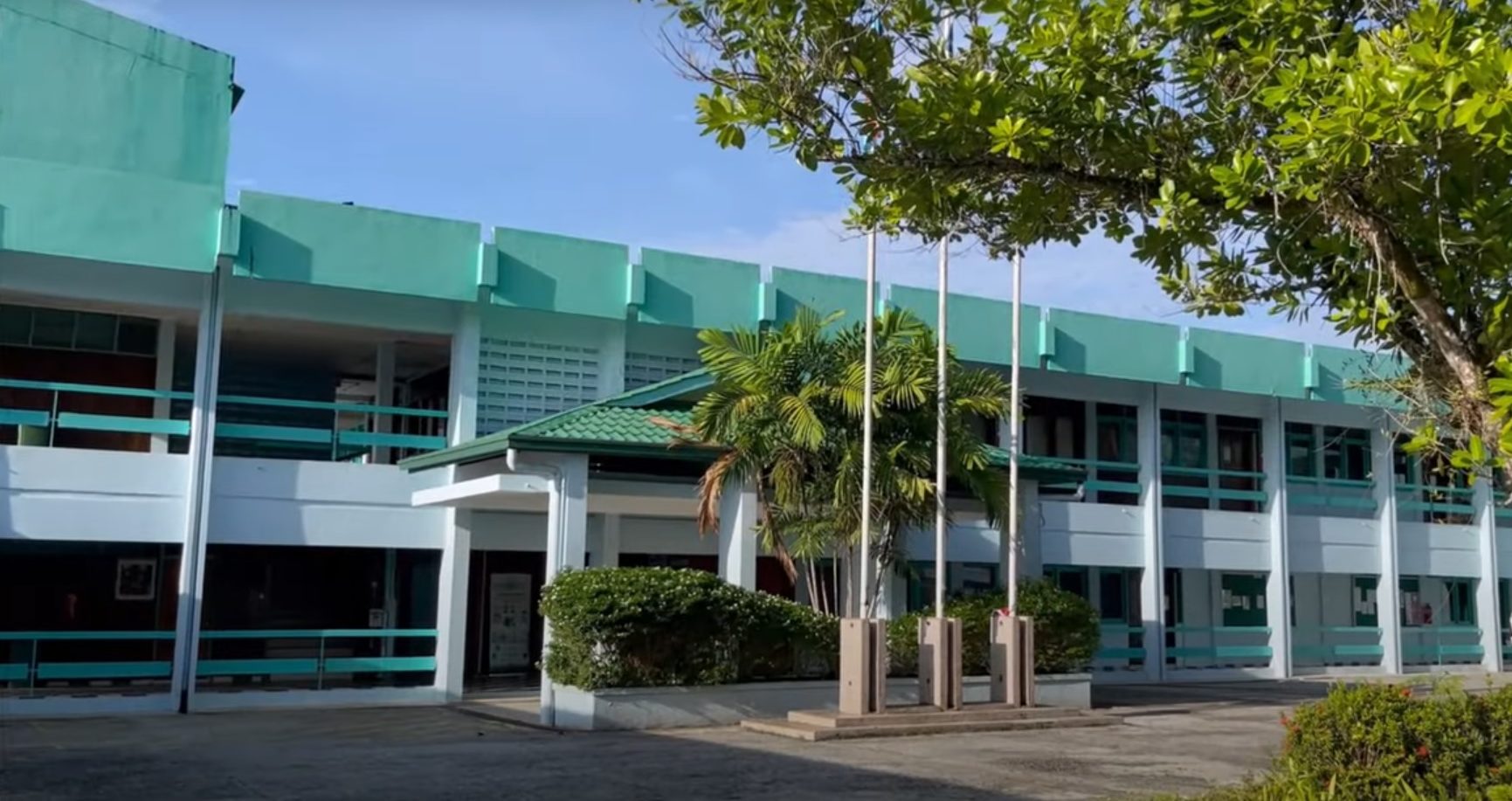
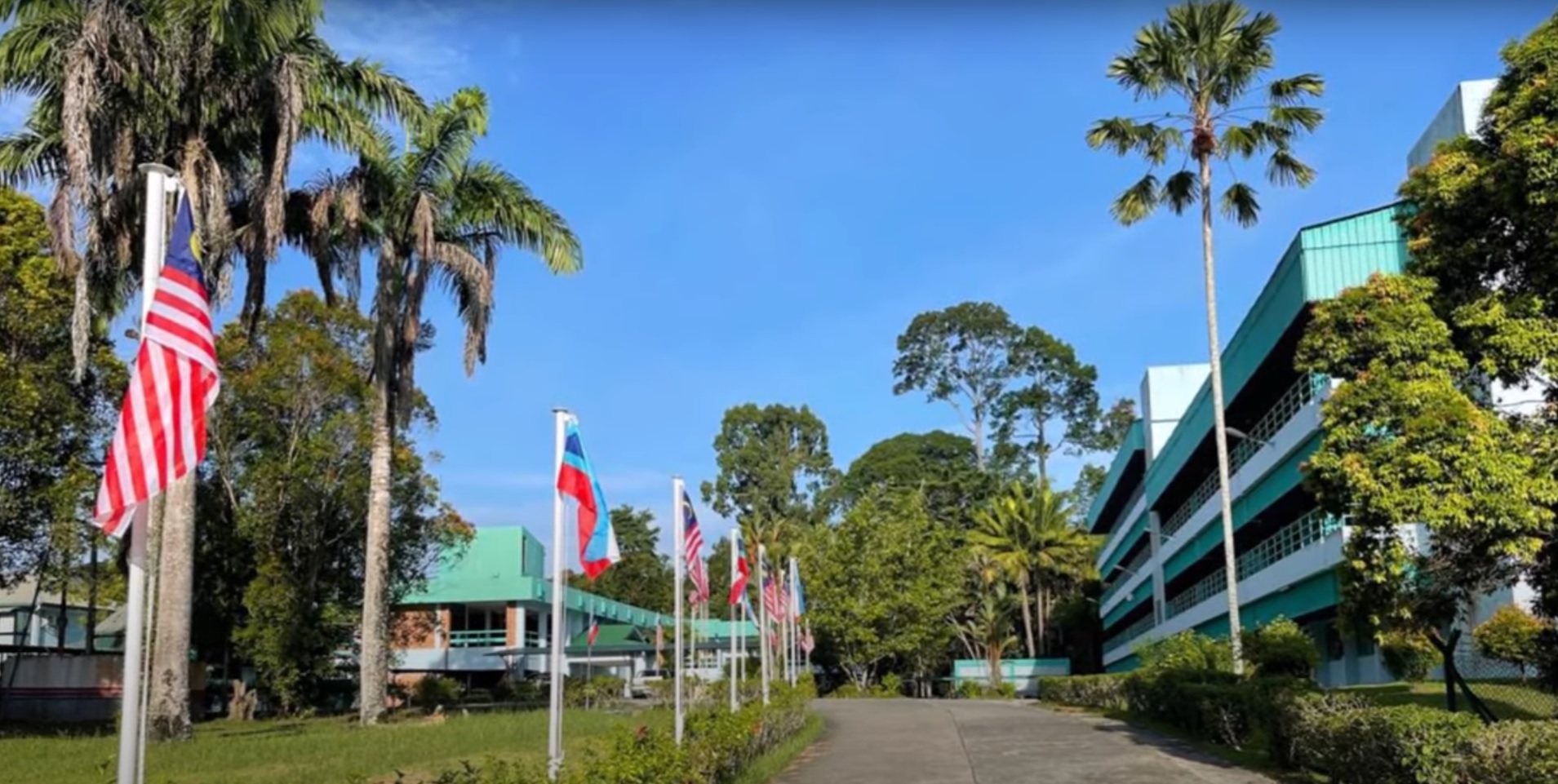
FOREST ECOSYSTEM MANAGEMENT
Ecologically sustainable management of forested landscapes for both commodity and ecological values, such as conservation of biological diversity, and maintenance of forest ecosystem health and vitality.
FOREST BIODIVERSITY
and CONSERVATION
Provides fundamental information about the distribution and abundance of biodiversity, and such data are necessary for long-term sustainable management, utilisation and conservation of biodiverse areas.
FOREST PLANTATION
Focus on timber and non-timber plantation silviculture, breeding, seed procurement, improvement of plantation species (including biotechnology), pests and diseases, nutritional studies and agroforestry.
FOREST PRODUCE and PRODUCTS
Research into the utilization of resources from the forests and, forest nutrition and providing services in the form of lab analyses, wood ID and expertise consultation.
FOREST SOCIO-ECONOMICS
Research on nature tourism, forest recreation, related socio-economic studies as well as urban forestry will be undertaken to evaluate the social and economic importance of these activities provided by the forests.
Rainforest Discovery Centre (RDC)
Evolved from small, cozy environmental education (EE) centre in 1996 into one of Sabah’s most popular EE centres. It is situated within the famous Kabili-Sepilok Virgin Jungle Reserve (Class VI), home of the orang utans at the Sepilok Orang Utan Rehabilitation Centre. Although the main purpose of the RDC is as an EE centre for students and teachers, it is also open to visitors from 8 am to 5 pm.
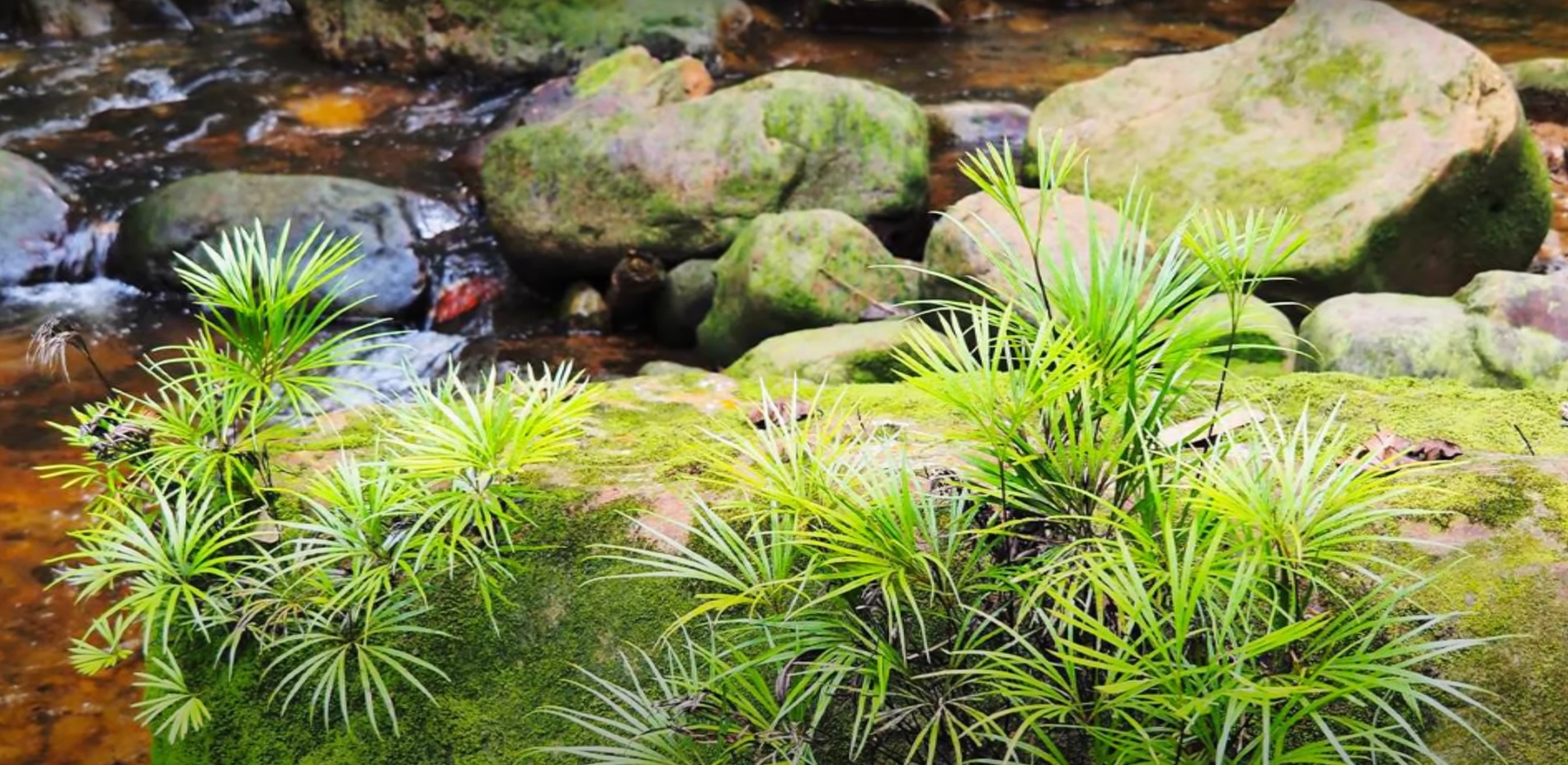
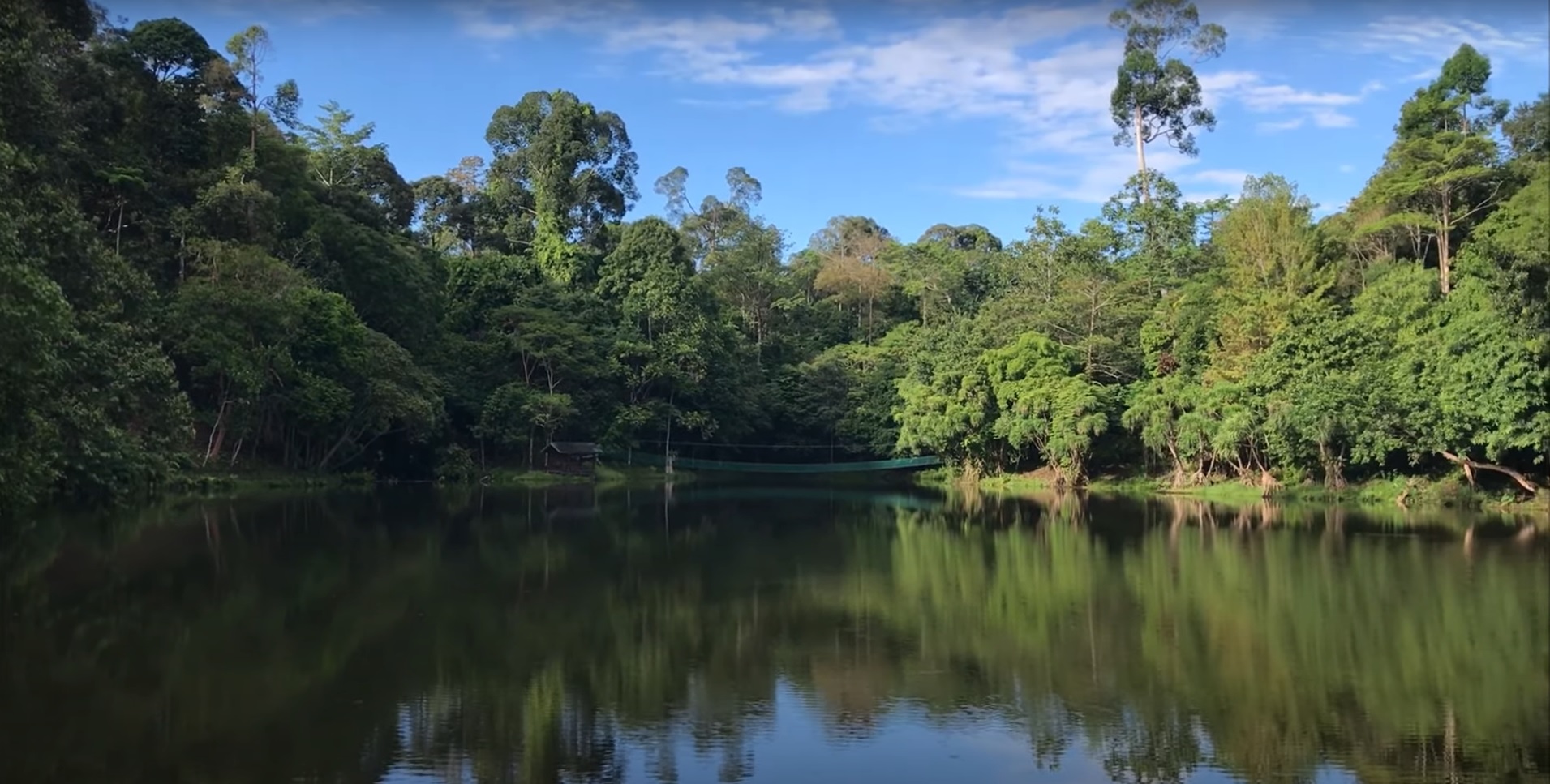
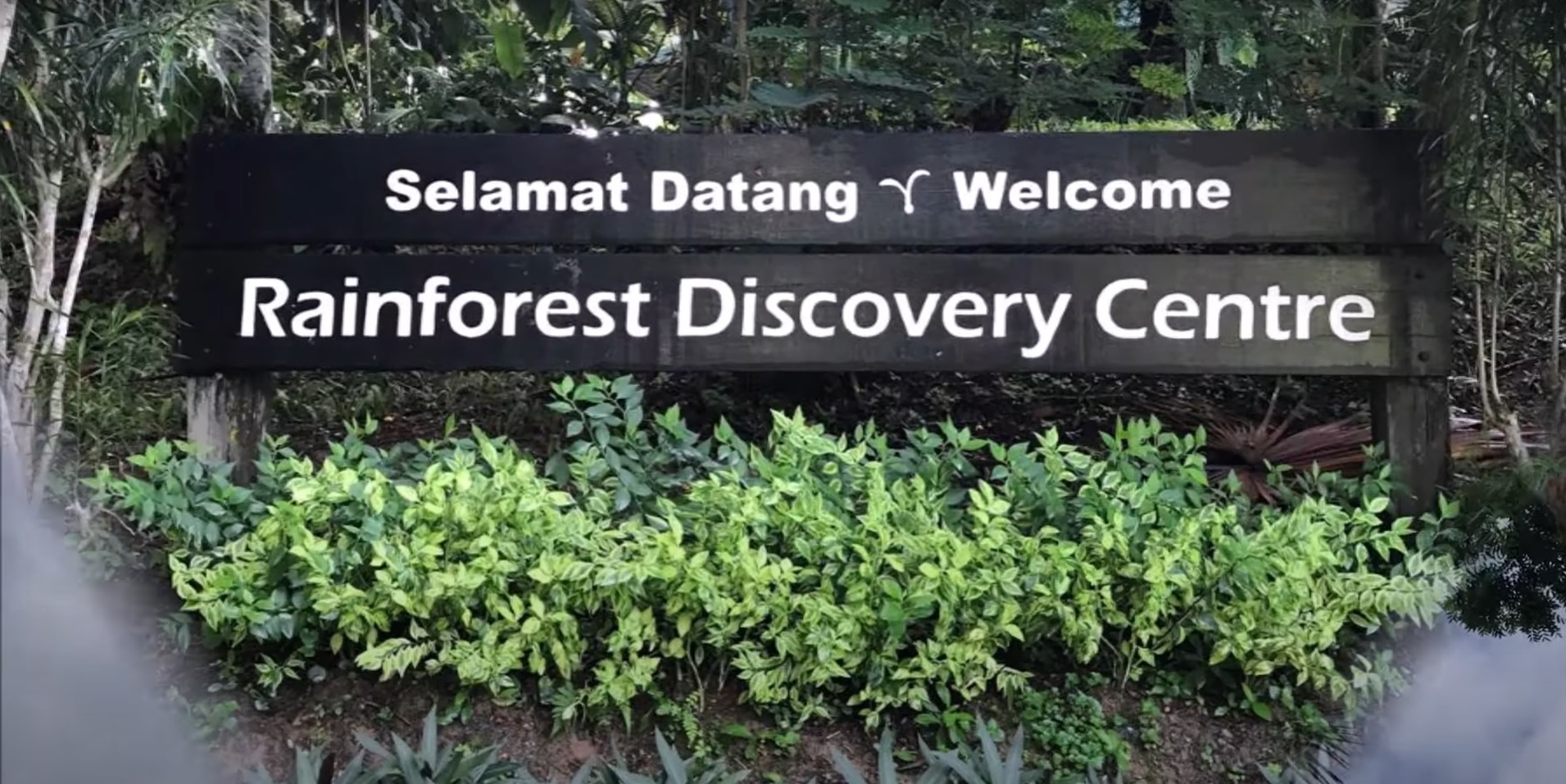
Scientific Reference Collections
by the Forest Research Centre Sepilok
HERBARIUM
Collection of pressed and dried plant specimens for botanical reference and study. It serves as a permanent repository of plant specimens which known of plant taxonomy, evolution and distribution rests. The herbarium which currently houses about 11,000 plant species from more than 276,000 specimens, is among the largest collections in this region.
INSECT MUSEUM
The Forest Insect Museum houses among the largest insect collections in Sabah with more than 180,000 mounted specimens of over 18,000 species. It is divided into two parts, namely the insect exhibition at the main FRC Complex and the main insect collection in a compactor system at the former Institut Perhutanan Sabah (IPS) building.
XYLARIUM
The Xylarium houses a reference collection of wood samples and microslides, as well as photomicrographs. At this stage, the collection houses more than 1,074 species from 5,556 samples.
FRESHWATER FISH
The FRC has just started the scientific collection of fishes. Currently store a total of 80 species from more than 100 specimens collected from the forest reserves around Sabah.
SEED
With a well-equipped seed laboratory, the Seed Section has the ability to carry out seed tests (certify seeds according to international standards) and other aspects of seed research. A cold room is provided for storing seeds of various species.
HERPETOFAUNA
Collection of anuran specimens serves as a reference for researchers and students and a permanent repository of frog specimens collected from all over forest reserves in Sabah.
